Sicily Island is a paradise known as the pearl of the Mediterranean, shaped by a fascinating combination of history and nature. Located at the southern tip of Italy, this island has been influenced by many civilizations over the years, becoming a treasure adorned with a rich cultural heritage. You can easily reach this island in the middle of the Mediterranean by ferries from various cities in Italy or by organized flights. Sicily Island stands out not only for its geographical location but also for its historical wealth, impressive architecture, and natural beauties.
Sicily, bearing the marks of civilizations like the Ancient Greeks, the Roman Empire, Arabs, Normans, and Aragonese, captivatingly showcases the architectural heritage of each era. As you wander the island, you’ll be enchanted by the magic of Taormina’s Ancient Theatre, marvel at the grandeur of the Palermo Cathedral, and step into the history-laden atmosphere of the Ancient Greek Temples in Agrigento.
The significance of Sicily has been shaped throughout history by its strategic location and cultural diversity. The island’s agricultural wealth, proximity to trade routes, and natural beauties have made Sicily a crossroads of Mediterranean cultures.
In this article, we will provide an introduction to the magical world of Sicily, focusing on the island’s historical and cultural heritage, its must-see structures, and natural beauties, highlighting Sicily as a treasure trove waiting to be explored.
Table of Contents
Where is Sicily Island?
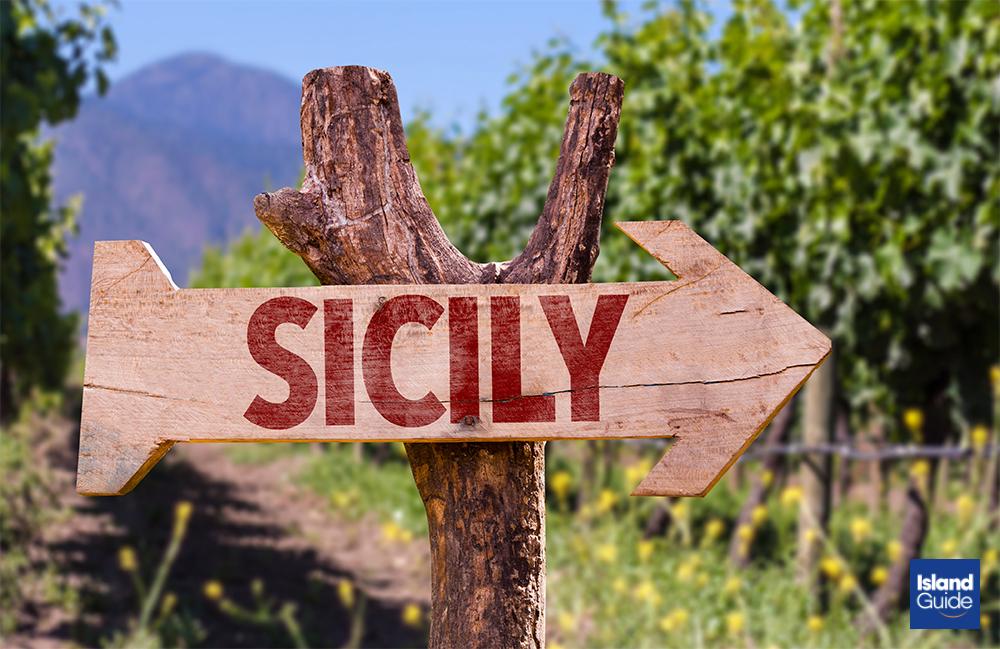
Sicily Island is located in the middle of the Mediterranean Sea, south of Italy. Its geographical position has historically bestowed it with strategic importance. Being at the tip of Italy, Sicily is influenced not only by Italian culture but also by a multitude of different civilizations.
Sicily is typically recognized for its three main airports, hosting international and domestic flights through airports in cities like Palermo, Catania, and Trapani. Another option for reaching the island is by ferry. Ferries departing from various Italian ports such as Naples, Cagliari, and Genoa offer a reliable and enjoyable means of transportation to the island.
For those looking to explore Sicily’s rich history and cultural heritage, this unique island offers easy accessibility and stunning landscapes as a destination.
How to Get to Sicily Island?
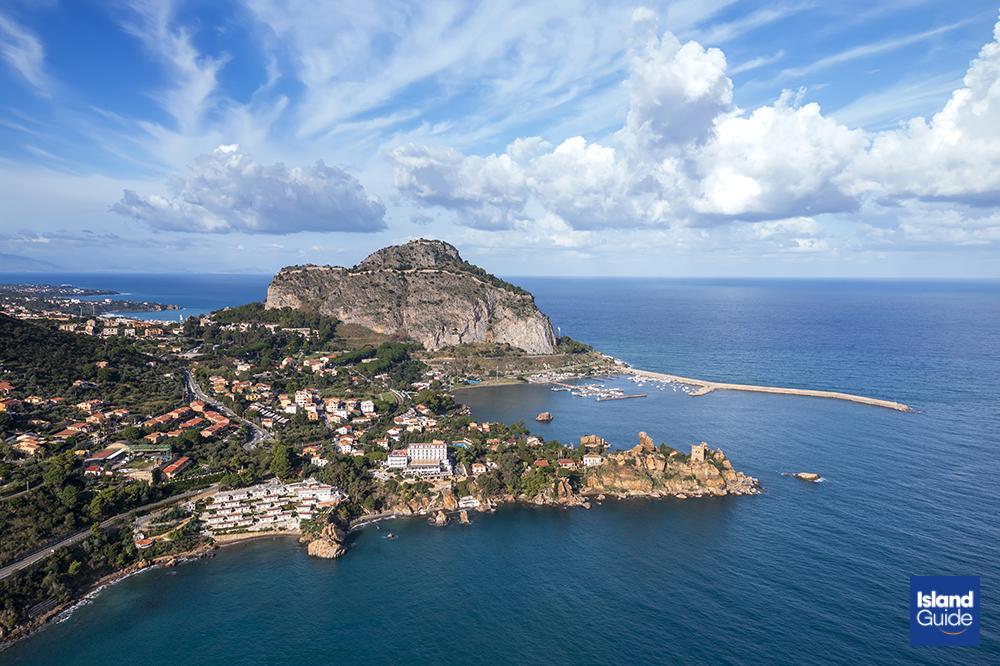
There are several options for reaching Sicily.
By Air
One of the fastest ways to get to Sicily Island is by plane. There are several international airports serving different areas of the island. Palermo, Catania, and Trapani airports host international and domestic flights to Sicily. This option allows you to quickly arrive at the island and begin your journey.
By Ferry
You can take a ferry from various ports in Italy to Sicily. Ferries departing from ports like Naples, Cagliari, and Genoa offer a reliable and comfortable option for reaching the island. Traveling by ferry can be particularly enjoyable for those who want to savor the sea views.
When deciding how to get to Sicily, you can choose the mode of transportation that best suits your travel plans and preferences. Whether you prefer a quick journey by air or to enjoy the sea views by ferry, you can start exploring this unique island.
History of Sicily Island
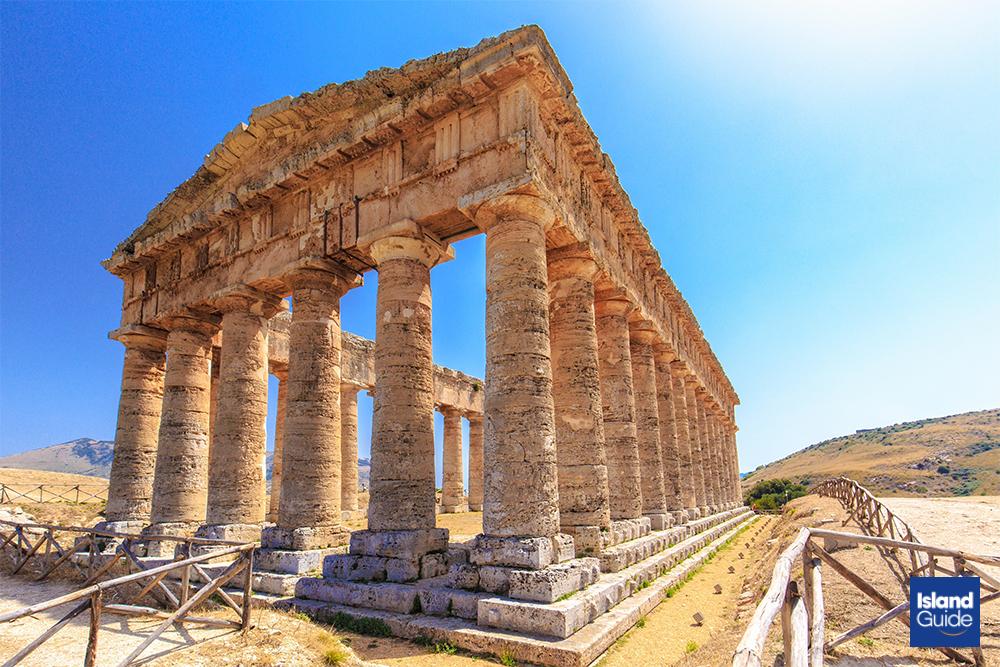
Sicily Island has a rich and diverse historical heritage, having been influenced by many civilizations throughout history.
In ancient times, Sicily hosted Greek colonies, and ancient Greek culture deeply permeated the island. Cities like Syracuse and Agrigento contain significant remnants from the ancient Greek period.
After coming under the rule of the Roman Empire, Sicily was enriched with Roman culture and architecture. Theatres, temples, and villas from the ancient Roman period can still be seen in various parts of the island.
The Arab rule during the 9th and 10th centuries marks a significant period in Sicily’s history. Arab architecture and agricultural techniques have left a lasting impact on the island. Palermo is notable for its structures that retain Arab influences from this era.
Later periods of dominance by the Normans and the Kingdom of Aragon also affected the cultural fabric of Sicily Island. Structures like the Norman Cathedral and the Palermo Royal Palace carry traces of these periods to the present day.
Sicily’s history has been shaped by the interaction and convergence of different civilizations, leaving behind a rich heritage that makes the island unique. Through historical ruins, museums, and architectural structures, Sicily offers a rich experience to visitors wishing to delve into the depths of the past.
What are the Structures of Sicily Island?
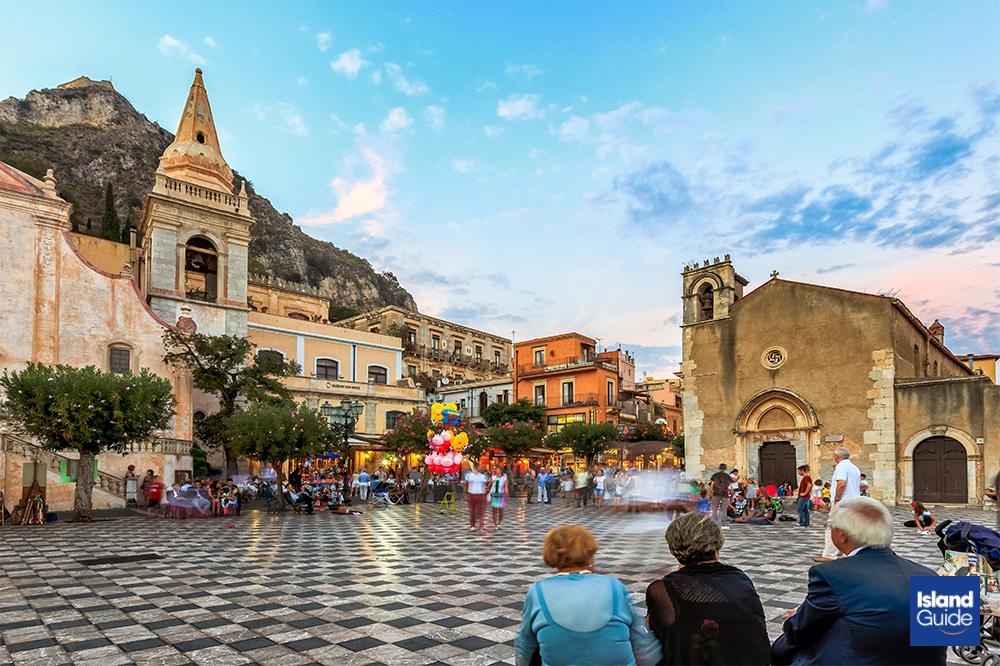
Sicily is an island that has hosted many remarkable structures throughout its rich history. These structures stand out with architectural riches that bear the traces of various civilizations.
Taormina Ancient Theatre
Dating back to the Ancient Greek period, this theater offers visitors an unforgettable experience with its tremendous sea view. Located near Syracuse, this theater brings the magic of the ancient era to the present day.
Palermo Cathedral
Located in Sicily’s capital, Palermo, this cathedral has a mixed architecture that includes Norman, Arab, and Byzantine influences. The cathedral is known for its royal tombs and significant art pieces.
Agrigento Ancient Greek Temples
Known as the “Valley of the Temples,” this area contains a series of ancient temples built in the Doric style. The temples of Hera, Concordia, and Zeus represent the majestic structures of the ancient Greek era.
Monreale Cathedral and Monastery
Situated to the south of Palermo, Monreale is famous for its magnificent golden mosaics. This cathedral from the Norman period displays an impressive blend of Byzantine and Arab art.
Cefalù Cathedral
This cathedral by the sea is a beautiful example of Norman architecture. The mosaics and statues inside offer details that impress art lovers.
Through these significant structures, stretching from ancient times to the present day, Sicily’s structure presents the island’s rich history and cultural diversity to visitors. These monumental structures offer an unforgettable experience for those wishing to explore Sicily’s unique beauty and history.
Conclusion
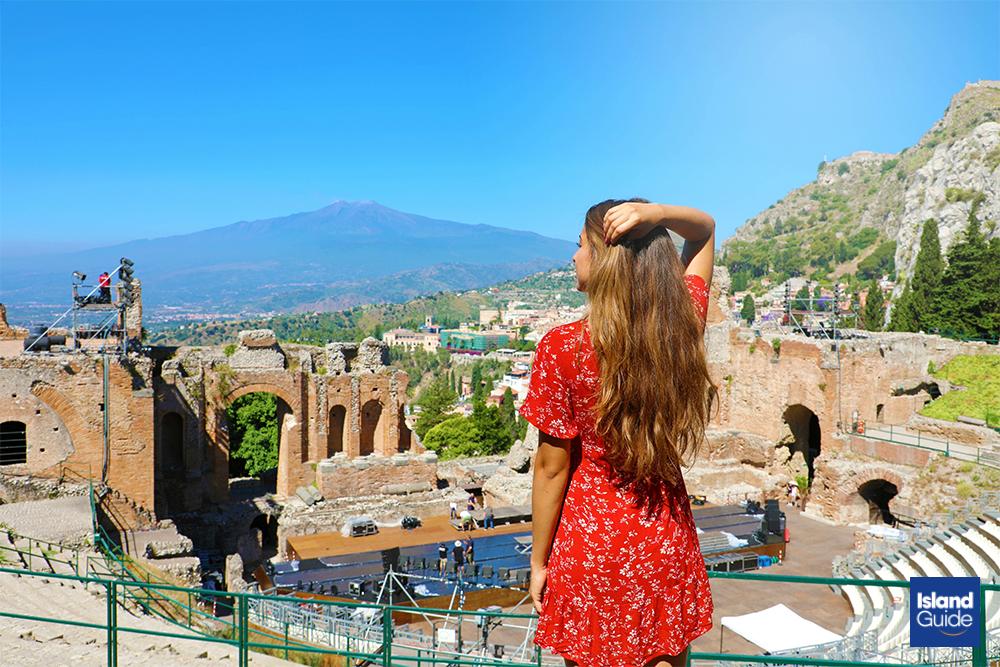
Sicily Island presents itself as a dazzling jewel of the Mediterranean, adorned with a unique combination of history and nature. In this article, we embarked on a brief journey into the enchanting world of Sicily, exploring its geographical location, historical riches, and architectural heritage.
Sicily Island has hosted a rich and diverse historical heritage under the influence of various civilizations, starting from ancient Greece, through Rome, Arabs, Normans, and Aragonese. Ancient theaters, temples, cathedrals, and palaces are among the magnificent structures that narrate the island’s history.
Sicily, with every corner steeped in history, also boasts tremendous natural beauties. Beautiful beaches along the coastline, mountainous landscapes, and picturesque villages complement the island’s natural allure.
Every trip to Sicily Island offers an opportunity to explore a culture intertwined with history. With its ancient ruins, impressive architecture, delicious cuisine, and warm-hearted people, Sicily is an ideal destination for creating unforgettable memories. This pearl of the Mediterranean charms with its warmth and uniqueness, embracing every visitor. Step into Sicily and discover this magnificent island where history and nature embrace.
Frequently Asked Questions
In Sicily Island, the spring and autumn months are generally ideal in terms of mild weather conditions and fewer tourist crowds. However, the summer months can also be appealing with their beautiful beaches and festivals.
Sicilian cuisine is famous for its seafood, olive oil, fresh vegetables, and exquisite desserts. You must try flavors such as arancini, cannoli, and caponata.
Among the many festivals held in Sicily, events such as the “Taormina Film Festival,” “Sicily Flower Festival,” and “Saint Rosalia Festival” stand out. These festivals are a great opportunity to celebrate the island’s culture and traditions.
Among the cities that stand out for Sicily’s historical riches are Palermo, Syracuse, Agrigento, and Taormina. Each contains significant structures from different periods.
The most common methods to reach Sicily are by air and ferry. You can easily get to the island with flights from various cities in Italy or ferry services.
Sicily is home to natural beauties such as Mount Etna, the Zingaro Nature Reserve, Scala dei Turchi, and Riserva dello Zingaro. These areas are wonderful exploration spots for those who love landscapes and natural diversity.
These frequently asked questions have been prepared to guide those planning to visit Sicily on topics of interest.




